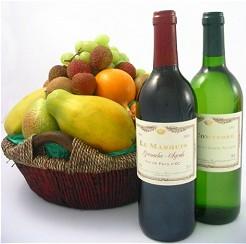
I have read from the Deccanherald.com (not that I am an Indian, Pinoy ako) that " “Each piece of dried jelly fish can fetch two dollars. The potential for sea food exports is huge, if we can tap them properly. We have 3.5 million hectares of water. If we stock them all with fish, the productivity can rise between 10 to 35 per cent,” said Dr S Ayyappan, deputy director general in charge of fisheries at the Indian Council of Agriculture Research. "
******
So our next post is about Philippine jellyfish, how to dry them and where to export them. I am not sure if we have communities in the country that includes jellyfish on their diet, that can be a potential local market, anyway:
Jellyfish, locally known as dikya or salabay, can be processed into food additive. In 1985, the price of jellyfish reached P28.00 per kg. The country's main markets of this commodity are Japan, Taiwan, Hongkong and South Korea.
Areas that are reportedly yielding large volumes of jellyfish for long period are found in Quezon, Camarines, Samar, Ilo-ilo and Palawan.
Processing jellyfish into preserved product is easy. For every 1,500 to 2,400 kg of fresh jellyfish, the following ratio of the needed chemicals is recommended:
Potash alum-15 to 25 kg
Sodium bicarbonate-3 to 6 kg
Sodium Chloride - 130 to 290 kg
Potassium bitartrate - 1 kg for every 100 kg of jellyfish
Put the jellyfish in mixture of potash alum and sea water for 3 to 4 hours. While curing, turn the jellyfish upside down at intervals of 30 to 40 minutes until it hardens. Allow to drip for 10 to 16 hours in a perforated container. This remove water in the jellyfish.
Prepare a mixture of sodium chloride, potash alum and sodium bicarbonate. Apply the mixture on the surface of each jellyfish. Store in another container and allow to cure for 14 to 20 days.
Stir or move each jellyfish upside down once every 2 or 3 days. Dry the treated jellyfish at room temperature for 2 to 4 days. Apply a mixture of sodium chloride and potassium bitartrate on both sides of the dried jellyfish.
When fully cured, the product is ready for packing and be kept more than a year.
Annual Fresh Jellyfish Harvest (in metric tons)
1977 6,525 65.25
1978 30,684 306.84
1979 13,203 132.03
1980 44,672 44.72
1981 28,015 280.15
1982 39,400 394.00
Computed as 100 kg fresh over 1 kilo dried multiplied by Philippine exports of jellyfish.
Source: Bureau Of Fisheries & Aquatic Resources, photo from www.guansay.com

